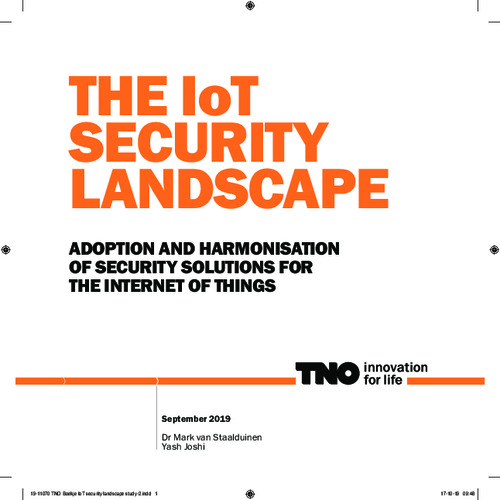Trends in Security Information
The HSD Trendmonitor is designed to provide access to relevant content on various subjects in the safety and security domain, to identify relevant developments and to connect knowledge and organisations. The safety and security domain encompasses a vast number of subjects. Four relevant taxonomies (type of threat or opportunity, victim, source of threat and domain of application) have been constructed in order to visualize all of these subjects. The taxonomies and related category descriptions have been carefully composed according to other taxonomies, European and international standards and our own expertise.
In order to identify safety and security related trends, relevant reports and HSD news articles are continuously scanned, analysed and classified by hand according to the four taxonomies. This results in a wide array of observations, which we call ‘Trend Snippets’. Multiple Trend Snippets combined can provide insights into safety and security trends. The size of the circles shows the relative weight of the topic, the filters can be used to further select the most relevant content for you. If you have an addition, question or remark, drop us a line at info@securitydelta.nl.
visible on larger screens only
Please expand your browser window.
Or enjoy this interactive application on your desktop or laptop.
The Internet of Things (IoT) is growing at a staggering rate
EXECUTIVE SUMMARY
The Internet of Things (IoT) is growing at a staggering rate. Gartner2 forecasts that the number of connected things in use globally will surge from 8.4 billion in 2017 to 20.4 billion by 2020, with total spending on endpoints and services exceeding $2 trillion3. IoT unlocks tremendous value for the individual, for organisations and for governments; however, it also presents enormous security challenges. The 2015 VTech data breach4, the Mirai botnet5 of 2016, and the recent Silex malware attack6 are some of the many incidents that have affected IoT in this early stage of its evolution. The potential of IoT will only be fully realised if cybersecurity and privacy are built in by design, and the following risks7 are addressed and mitigated: 1. Consumer privacy and safety are undermined by the vulnerability of individual devices, connectivity, and back-ends; and 2. The wider economy and critical infrastructures face an increasing threat of large-scale cyber-attacks launched from massive numbers of insecure IoT devices. The International IoT Security Roundtables held in 2016, 2017 and 20188 by the Cyber Security Agency9 (CSA) of Singapore and the Ministry of Economic Affairs and Climate Policy (MEAC) of the Netherlands10, as well as this study of the IoT security landscape, provide input for global efforts towards creating a safe and secure cyberspace of things; a global approach is required since IoT security is not limited by national boundaries. These efforts shall lead to a global platform to share ideas and experiences, shape technologies and architectures, and drive standards and collaboration in creating a nextgeneration, inherently secure IoT ecosystem that upholds security and privacy expectations. We identify and formulate the below problem statement based on our observations and the inputs of experts from CSA and MEAC as well as the Netherlands National Cyber Security Centre (NCSC)11. Vulnerable IoT devices are deployed fast, globally and with unknown lifespan, while a level playing field on common standards and technical solutions for cybersecurity in IoT is lacking for the industry. This creates safety, environmental and social hazards that are not well understood and likely to be unacceptable for society. Using the problem statement as a starting point, this study identifies and discusses 11 interdependent IoT security challenges and presents findings and recommendations. We believe that addressing these challenges will allow IoT security to mature to a point where the IoT ecosystem can develop and flourish in a manner that is acceptable for society


